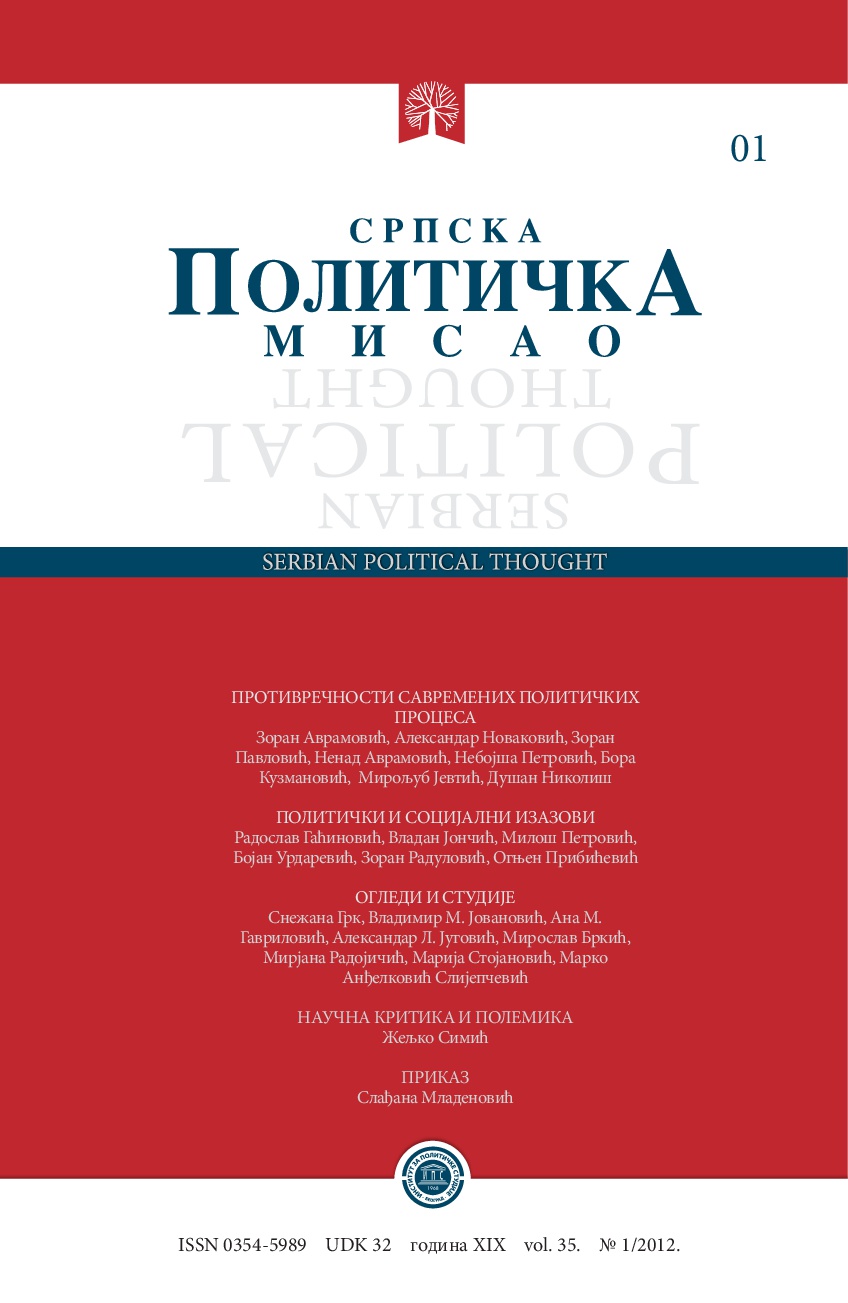Транзиција, реформе и перцепције о реформама – поређење српске и транзиције земаља ИЦЕ
Transition, Reform and Perceptions of Reforms - Serbia’s and CEE Countries Transition Comparison
Author(s): Aleksandar M. NovakovićSubject(s): Recent History (1900 till today), Government/Political systems, Comparative politics, Economic development, EU-Accession / EU-DEvelopment
Published by: Институт за политичке студије
Keywords: post-socialist transition; reforms; institutions; European Union; integrations; reforms perceptions; transitional equilibrium;
Summary/Abstract: For each post- socialist country, regardless of the issue of EU membership, comprehensive transformation goals are clear: from political authoritarianism to political pluralism and democracy, from centrally planned economy to a free, market economy. In other words, from socialism to capitalism. In this paper, firstly, an explanation and definition of reform and transition – taking into account the successful transitions of former ex- communist countries – will be offered. Then, a brief summary of the causes of failure of Serbian transition will be exposed. And, in the final, the present state of the affairs concerning reforms will be described through the paradigm of a phenomenon known from the unsuccessful transitional stories as “transitional equilibrium” – the state of frozen and blocked reforms. Failed transition is usually being followed by misguided perceptions of transition, and this fact will be presented through the exposure of the intrinsic defects and deficiency of the dominant political perceptions of reforms. In this way, also, a light will be shed on the causes of political, ideological and social confusion of present day Serbia.
Journal: Српска политичка мисао
- Issue Year: 2012
- Issue No: 1
- Page Range: 29-50
- Page Count: 22
- Language: Serbian

